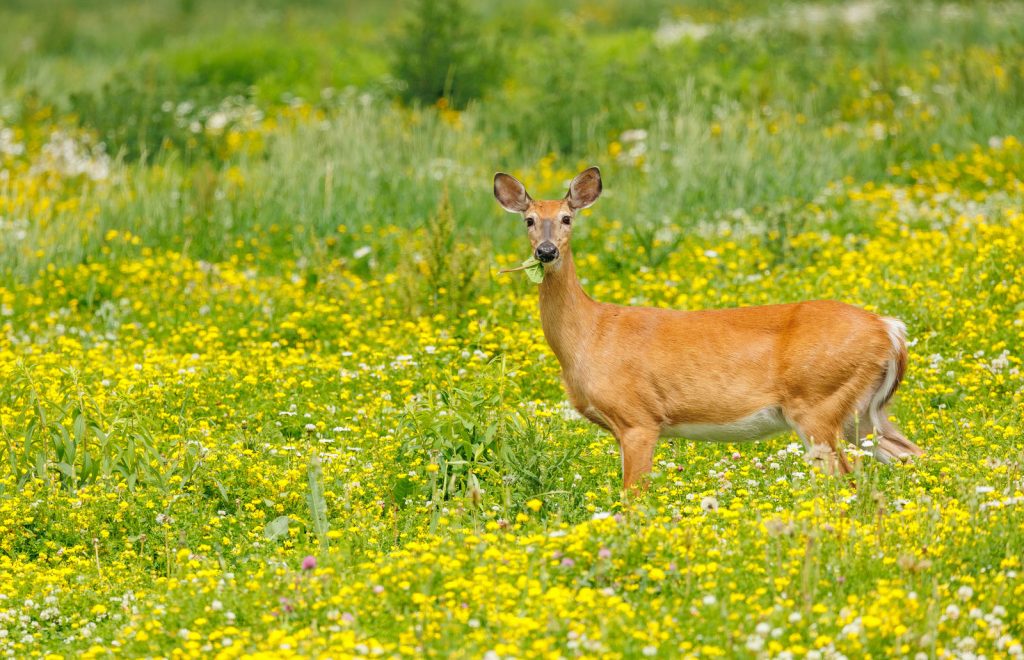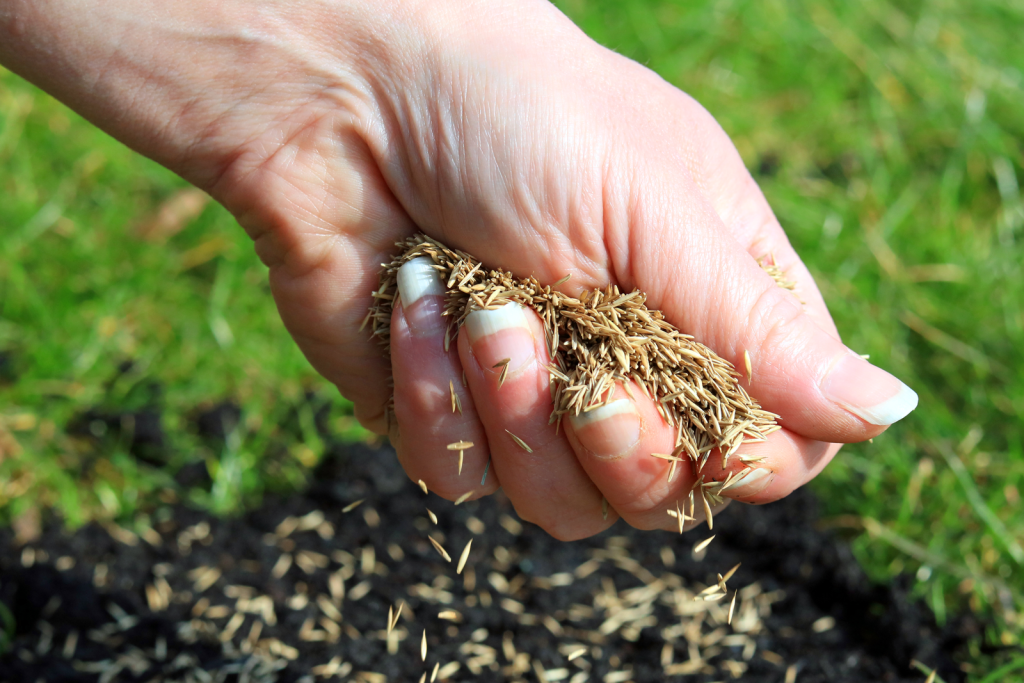The Connection Between Native Plants and Soil Microorganisms
How native plant root systems foster healthy soil microbes, improving nutrient cycling and overall soil fertility When it comes to soil health, most people think of topsoil, organic matter, and nutrient levels. But beneath the surface lies an equally critical factor in ecosystem restoration and conservation success: soil microorganisms. These microscopic organisms (bacteria, fungi, protozoa, […]
The Connection Between Native Plants and Soil Microorganisms Read More »










